We've all heard (or lived) at least one horror story about driving in winter weather. Whether it's losing traction and sliding into an intersection, hitting "black ice" at speed on the freeway, careening into another car, or abandoning a vehicle that got stuck in a snowbank, we get it. Most of us avoid driving as much as we can when snow is on the ground, and for good reason: It's stressful.
Still, in certain parts of the country, driving in snow is just a part of life. Talk to someone from Alaska, Washington, Michigan, or Oregon, and they'll probably tell you (with confidence) that they don't see what all the fuss is about. We think it's high time everyone shared that confidence.
Only two things separate skilled snow drivers from the rest of us: knowledge and preparation. In the article below, you'll learn how to prepare your vehicle for the worst winter weather and some specific skills and strategies you'll need to know for driving on snowy roads. You'll also find a few suggestions down at the bottom for our favorite winter gear ranging from snow chains to ice scrapers.
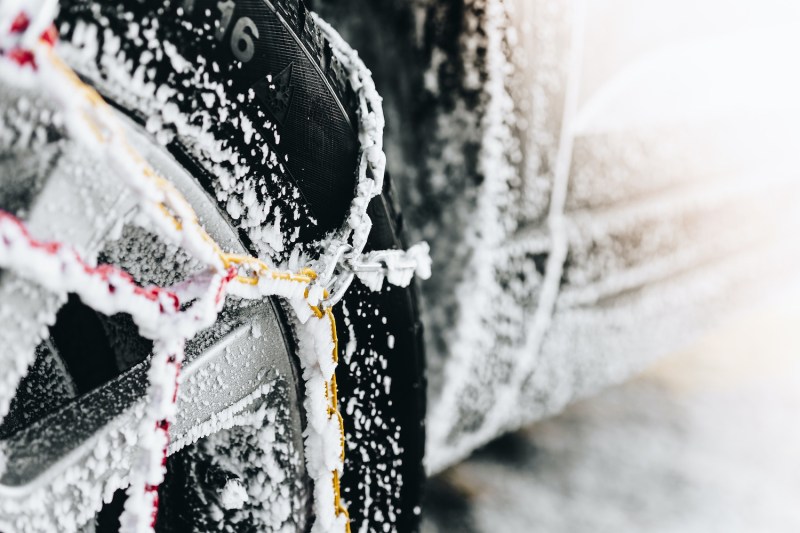
Prepare your car for winter conditions
If you want to learn how to drive in the snow like a pro, the best place to start is at home in your driveway, before the first flurries ever hit the ground. We're talking about two things here: maintenance and preparation. Every winter driving checklist should follow the steps below for a successful season behind the wheel.
Step 1: Make sure your maintenance is up to date.
All the driving skills in the world won't do you a bit of good if your car can't reliably get you from A to B. During the warmer months, a breakdown is a minor inconvenience, but if your car fails on a snowy backroad after dark, the stakes are considerably higher. If you're mechanically inclined, start by checking all your routine maintenance items, from brakes to fluids, and make sure your car isn't overdue for anything potentially catastrophic. If you don't have the time or the inclination, schedule a routine maintenance appointment with your local mechanic.
Step 2: Be particularly mindful of your tires.
Your vehicle's ability to maintain traction in snowy conditions depends on several factors, but the first and most pressing is always where the rubber meets the road. Check the tread of your tires and ensure they've got plenty of life left to give. The depth and quality of your tire tread determine how well your vehicle can grip and shed snow, so if they're nearing the end of their life or have any observable cracking or damage, replace them (ideally with winter tires, more on that below). You'll also want to keep a close eye on your tire pressure, as falling temperatures have a habit of stealing a few PSI while you're not paying attention.
Step 3: Keep your tank at least half full.
Running out of gas in bad weather can be particularly dangerous, but there's actually another reason you should keep it topped off if you'll be driving in snow. Gasoline is heavy, and the more you've got in your tank, the more your car weighs. Increasing the weight of your vehicle puts more weight on your tires, which in turn helps keep them from spinning and losing traction on snow and ice. As an added bonus, having a full tank of gas also helps prevent your fuel lines from freezing, which is important if you want your car to start in the first place.
Step 4: Put together a winter roadside emergency kit.
Don't leave it up to AAA or your local tow truck driver to make life and death decisions on your behalf. You should put together a roadside emergency kit specifically for driving in snow and keep it in your car until spring rolls around. This kit should include everything from emergency food and water to tools and gear to get your car back on the road should you slide off or experience a breakdown. If you want to learn how to put a proper kit together, check out our article on winter roadside emergency kits.
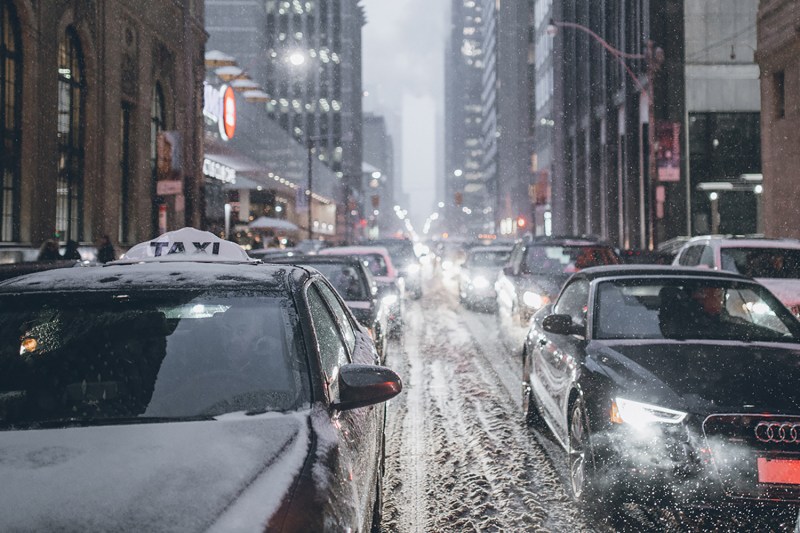
How to drive in the snow
Now that your vehicle is properly prepared for a snow day, it's time to learn the basics of driving in snow. There are no well-kept secrets or expert-level skills here: It's all about taking it slow, planning ahead, and keeping your cool.
Step 1: Understand braking, turning, and accelerating.
There's an old saying in the car racing world that applies to pretty much everything you do when driving in snow: "Don't do anything to scare the car, and the car won't do anything to scare you."
That's excellent advice in general and particularly good advice for how to drive in snow. What we mean here is that you should avoid any abrupt actions when speeding up, slowing down, or going around turns. Ease onto the gas when you speed up and ease back off it when it's time to slow down. When slowing down, apply the brakes smoothly and gradually, building pressure as you get a feel for how much traction is beneath your tires. Approach corners at a low enough speed that you can turn the wheel smoothly and slowly into the apex, and keep it smooth when exiting the turn as well.
Step 2: Give yourself as much space as possible.
You've no doubt heard this one before for driving in the rain, and it applies to snow as well. In the rain, the rule of thumb is to give yourself double the usual distance between the vehicles around you and to start braking twice as early for stops and turns. In the snow, make that triple for both. Extra distance gives you extra time to be as smooth as possible on the brakes, which further decreases your chances of going into a skid. Speaking of which...
Step 3: Know how to handle a skid.
Drive long enough in the snow and even the smoothest, most careful driver on the road will lose traction at some point. Your first step is remembering not to panic, and your next step depends on the type of skid.
For front-end skids, in which your front tires lose traction and the vehicle begins to run wide in a turn, you'll want to smoothly let off the gas pedal to allow your car to regain traction. It should only take a moment for your car to fall back in line, at which point you can slowly roll back onto the gas to complete the turn.
For rear-end skids, in which the back tires break free and begin to drift out Fast and Furious-style, you'll want to turn the car in the direction of the skid. So if the rear end brakes lose traction and drift out to the right, you'll want to ease off the gas and slowly turn the wheel to the right to keep your car on its intended path. It's important to stay off the brakes here: Just wait for the rear tires to regain traction, at which point you can resume normal steering.
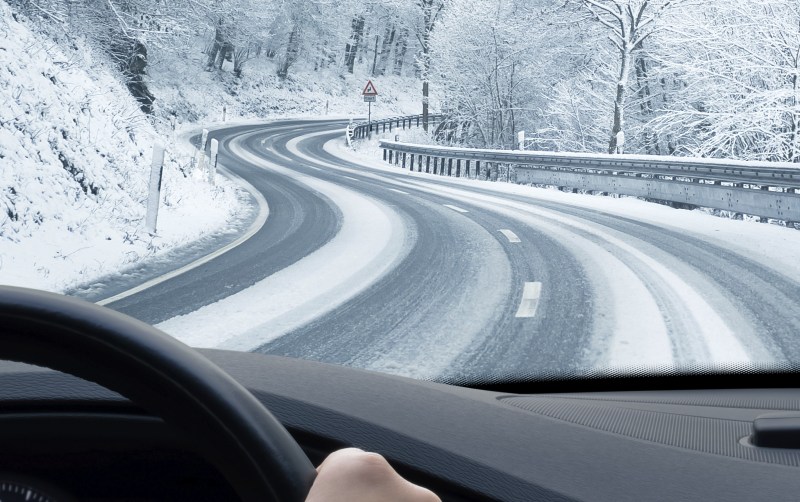
Step 4: Build momentum before approaching hills.
Anytime you see a long (and fairly straight) incline coming up, it's best to build up some momentum before starting up it. In snowy or icy conditions, your car loses momentum gradually as you travel uphill if traction is less than ideal. You can counteract this effect by hitting the hill with some extra momentum, then staying steady on the gas until you approach the top. Just make sure to give yourself time to slow down just before cresting the hill: You want to arrive at the top at a controllable rate of speed, especially if you know there's a downhill coming. Typically you can just let gravity do all the heavy lifting here by letting off the accelerator.
Step 5: Pro tip: Practice your skills in a safe place.
Take any opportunity you can to learn how to drive in snow and ice in a controlled environment. Find a snow-covered (and empty) parking lot, and spend time practicing turning, braking, and accelerating to get a feel for how your car reacts to low traction situations. Our goal here, once again, is to get as smooth as possible and to find the limits of traction for your vehicle so you know how to avoid them. Experiment with hard braking to get a feel for how your ABS performs in snow. Find a quiet enough lot and you may even be able to practice correcting skids without attracting the attention of local law enforcement...
Essential gear for driving in snow
So there you have it, the bare essentials for getting from A to B safely in the snow. While the above tips and tricks are a solid foundation for any driver braving icy roads this winter, there are a few basic items we recommend adding to your vehicle to make driving in snow as stress-free as possible.
Step 1: Get snow tires.
Your average three-season car tire is designed for maximum traction on wet or dry pavement but isn't ideal for extreme cold and the limited traction scenarios that come with it. Winter tires feature extra siping and optimized rubber compounds for added grip on snow and ice and improve just about every aspect of winter driving performance from cornering grip to stopping distance. Our favorite right now is the X-Ice Snow tire from the folks at Michelin, as it packs outstanding snow performance alongside a 40,000-mile tread warranty that should last between six and 10 winter driving seasons.
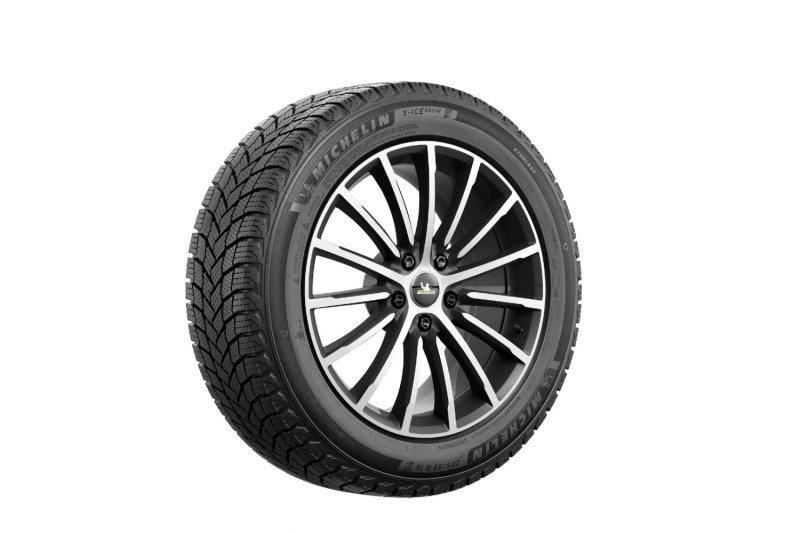
Step 2: Get snow chains.
If you don't have winter-specific tires, or even if you do but want added traction, snow chains are a tried-and-true solution for driving in the slushiest snow and slickest ice. We recommend a set of these easy-to-use steel snow chains from the folks at Konig, which come in pre-cut sizes for just about any tire and rim combination on the market.
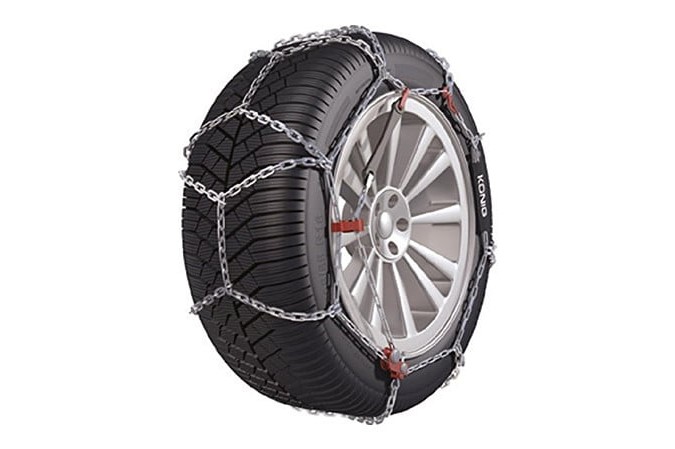
Step 3: Purchase a folding shovel.
Getting stuck in the snow is no fun, but staying stuck because you can't dig yourself out is even worse. We recommend keeping a compact snow shovel like this tough folding shovel from the folks at SOG inside your vehicle just in case. It's also a great accessory for any offroad vehicle and fits easily into just about any trunk or cargo area.
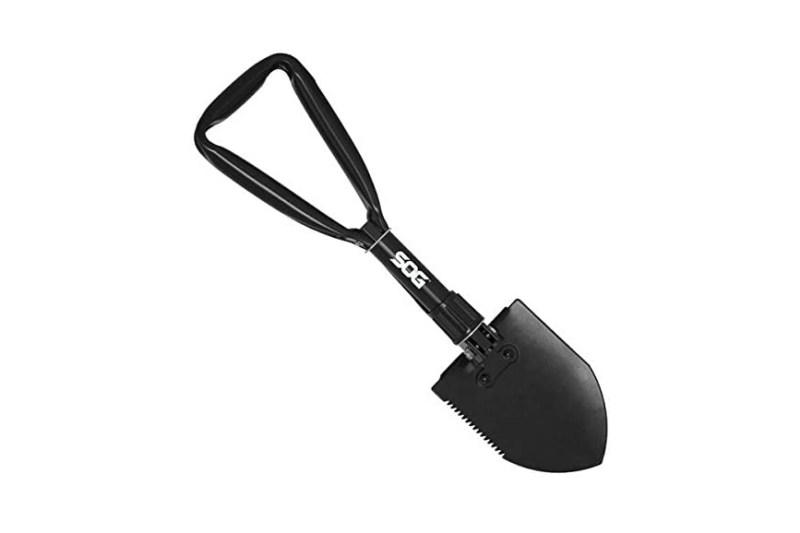
Step 4: Pack an ice scraper.
Get a jump on your defroster with this handy ice scraper from Snow Joe. It's small enough to fit in your glove box but strong enough to break through even the thickest frost and ice thanks to its wide brass blade that's tough on ice but won't scratch or scuff your vehicle's windows, mirrors, or windshield.
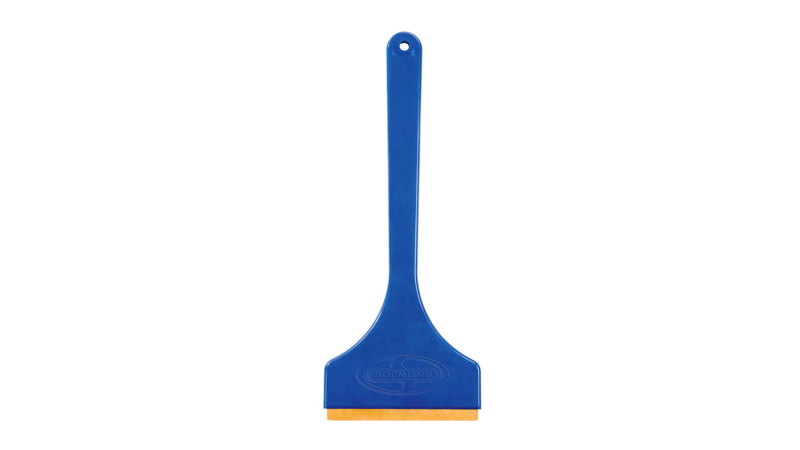
Step 5: Bring your roadside emergency kit.
Truth be told, every driver should have a roadside emergency kit in their car year-round, but it's especially crucial when weather conditions are potentially life-threatening. We're fans of this extensive roadside kit from the folks at AAA, which includes a medical first aid kit as well as a handful of roadside essentials like jumper cables, an air compressor, warning triangles, and good ol' duct tape.
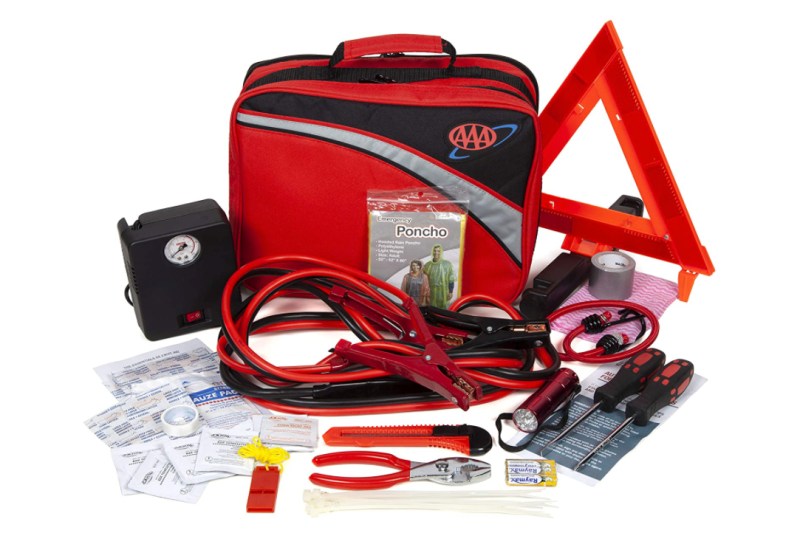
Driving in the snow is all about being prepared. If you spend more time preparing to drive in the snow and getting your car ready for a wintery blast, odds are that you'll be more confident in your ability to drive in snow. Of course, nothing beats practice, so make sure you find a safe area and get some practice under your belt.
Editors' Recommendations
- A well-prepared motorist’s guide: How to jump-start a car
- How to clean headlights using 2 popular methods
- Stay in (and on) your lane this winter with these top 5 snow tires
- How to winterize a car: The ultimate checklist
- How to put on snow chains for safer winter driving




